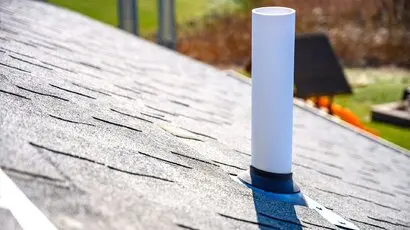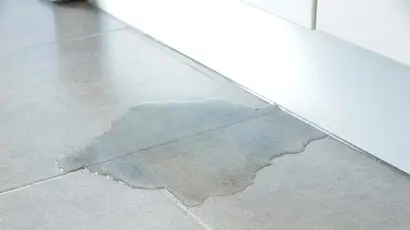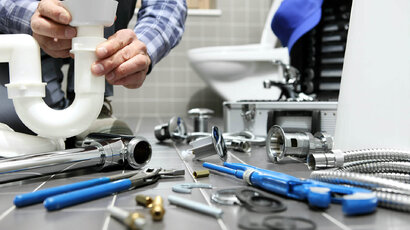Do I Have A Plumbing Leak?
Do you suspect there is a plumbing leak at home but don’t know how to find the problem? Read our guide to learn about the common signs you need to look out for.
A friendly, cold bath is one of the most refreshing things to relax after a tiring day.
As you open the dripping taps and feel the first drops of cold water, all your problems dissipate quickly. But just then, you pick up on a strange smell and hear a gurgling sound from the pipelines.
What you should do at once is call a plumber because these are signs of a leaking pipe. The trouble is that plumbing leakages can be hard to find, so here’s a quick guide on spotting a plumbing leak and calling in professional help.
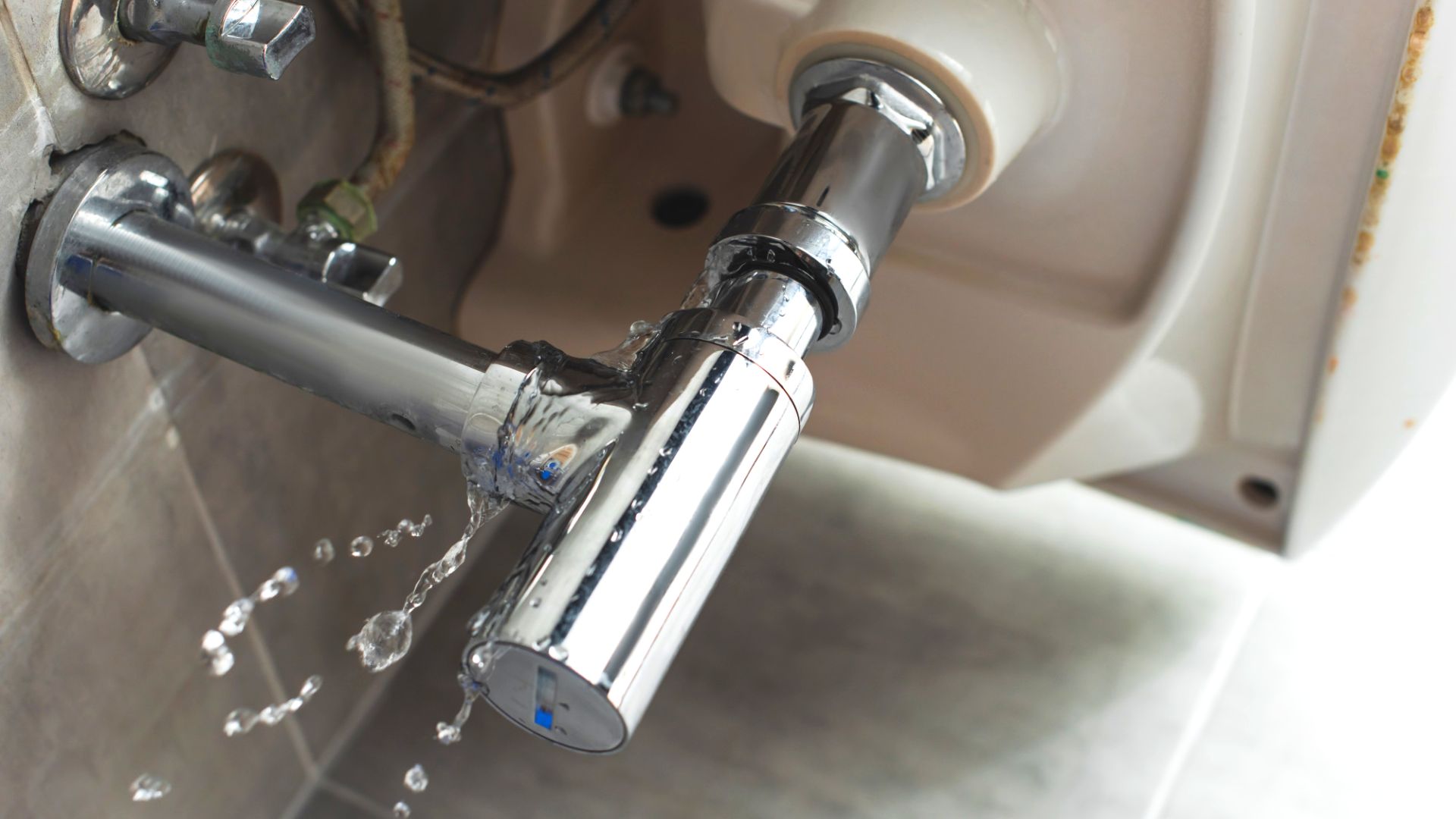
Your water bill can be a dead giveaway that something’s amiss with your plumbing. If you notice it’s higher than usual, hidden leaks might be the culprit.
Take a look at your previous bills to see what’s normal for you, and compare those to your current bill. Even small leaks can end up costing you a fortune, so make it a habit to keep an eye on your usage.
If you suspect a leak, your first stop should be the water meter. Typically located where it won’t freeze, like under a manhole cover or at the back of your house, it’s your best tool for detection.
Firstly, switch off all taps and water-dependent appliances, such as washing machines and dishwashers. Take a meter reading, then return in an hour to check for any changes.
If the numbers have shifted, there’s likely a leak. To pinpoint its location, try turning off the shut-off valve in your utility room or basement.
Recheck the meter. No change means it’s indoors, but a slight change suggests the issue is in the pipeline leading to your home.
An easy way to detect visible leaks is to check the lawn for wet patches of green grass. When certain lawn areas are greener than others, you can bet your bottom dollar that there’s a leaking pipe underneath the soil. You can even see puddles of water on the ground in case of large water leaks.
Check the toilet bowl once you’ve ascertained that the leak is indoors, as most plumbing issues originate from a leaky toilet. We have seen that the toilet flapper in many Aussie homes deteriorates with time, unable to prevent water from entering the bowl before you flush.
As a result, a steady stream of water flows from the tank into the bowl, and the only way to know for sure is to conduct a dye test. You must add a few drops of colouring dye to the tank and wait a few minutes.
If the tank leaks, the water in the bowl will change colours, so you can call a licensed plumber.
You must check other water appliances like the toilet cistern, especially under the kitchen and bathroom cabinets. So, look for puddles around the tub, sink, shower, and under dishwashers, water heaters or washing machines.
After locating the faulty supply line, turn off the appliance and shut off the valve before calling a plumber.
Leak detectors have made spotting plumbing issues a breeze, especially in older homes with aging pipes. Sometimes, pipes freeze and burst, but a leak detector’s alarm will alert you immediately.
We recommend battery-operated models as they’re effective at catching even the smallest leaks, giving you a chance to address problems early on.
Apart from the abovementioned points, a few common signs are associated with the leaking pipe.
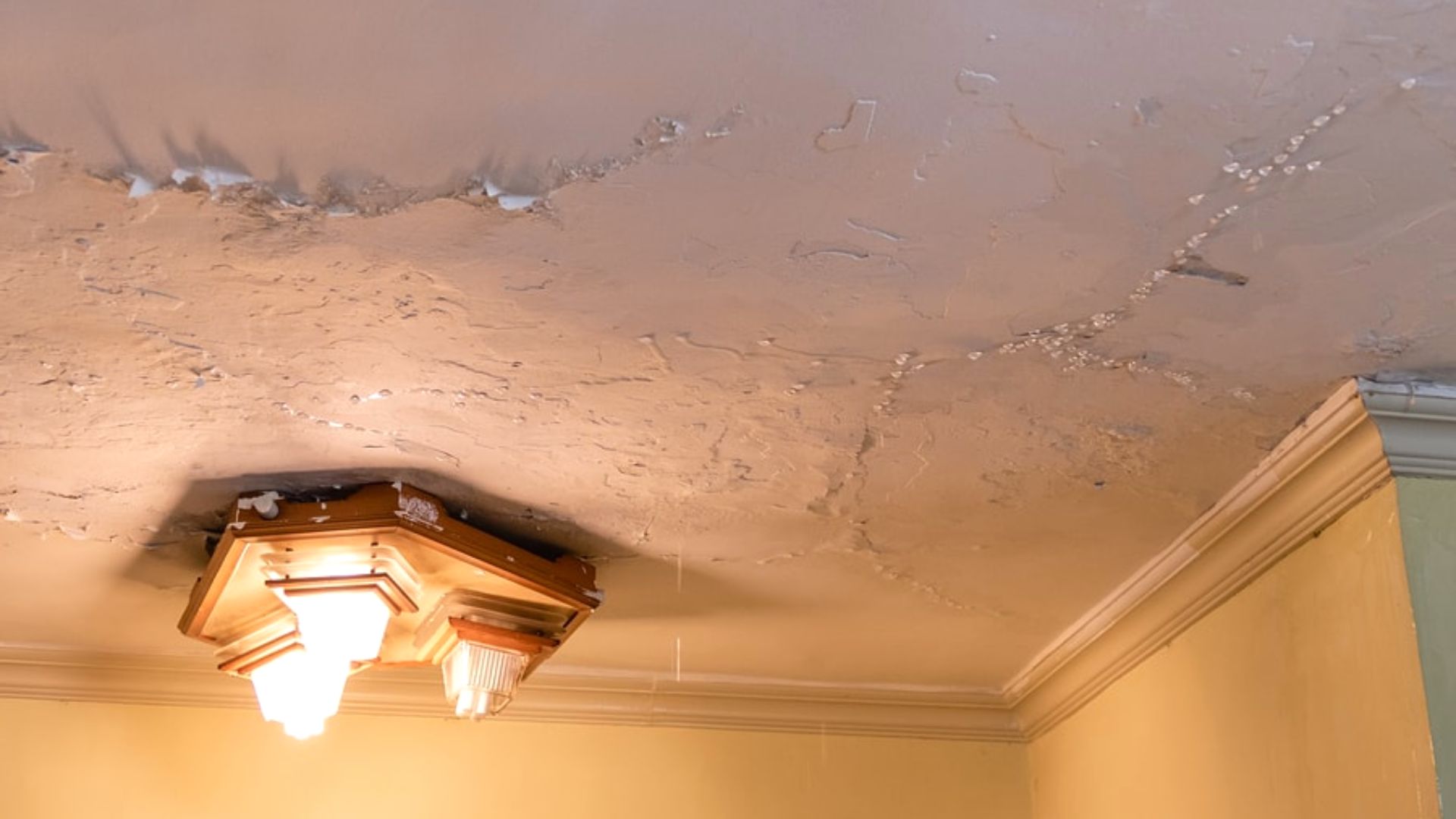
Sometimes, your nose might catch a musty smell even before you see the leak. Persistent dampness creates a perfect breeding ground for mould, leading to black patches on your walls. Prompt removal is key to preventing further issues.
Continuous leakages from behind the drywall soak, even the external wall, change the wall colour to yellow or brown.
At times, you can hear water travelling through the walls, and in much the same way, you can identify a leak when there’s a constant dripping sound.
If the wall paint develops bubbles or the wallpaper appears bulging, it can no longer adhere to the walls. This usually points to extensive water damage, with the only solution replacing or renovating the affected areas.
We have come to the end of today’s guide on finding a plumbing leak.
You should know that plumbing leaks are pretty standard, so having the contact details of a professional plumber or certified company is essential to resolve most issues quickly. Regular maintenance is vital in keeping the pipes in good condition for several years.
But even then, it’s impossible to prevent deterioration, so conducting inspections is vital to detect plumbing issues quickly.
Talk to the team at WP Plumbing if you are having problems finding a plumbing leak. Our Melbourne plumbers can locate your leak and provide an affordable, permanent solution with our equipment and expertise. Contact us today!
What is the purpose of a plumbing vent? A plumbing vent ensures the smooth running of the plumbing system. Keep reading to discover why plumbing vents are so important.
Can you hear a constant dripping noise but don’t know where it’s coming from? Read our guide as we bring you the tips and tricks for detecting a water leak.
Are you searching for a plumber but unsure of where to find the right company? Don’t go with the first ad you see. Check out our guide to find a plumber you can trust!
